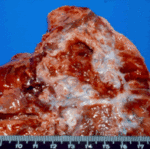Date: 26 November 2013
Secondary metabolites, strucure diagram: Trivial name – physcionanthrone B
Copyright: n/a
Notes:
Species: A. chevalieriSystematic name: 1,8-Dihydroxy-3-methoxy-6-methylanthrone 9(10H)-Anthracenone, 1,8-dihydroxy-3-methoxy-6-methyl-Molecular formulae: C16H14O4Molecular weight: 270.28Chemical abstracts number: 3571-31-1Selected references: Bachmann M, Blaser P, Luthy J, Schlatter C. J Environ Pathol Toxicol Oncol. 1992 Mar-Apr;11(2):49-52. Toxicity and mutagenicity of anthraquinones from Aspergillus chevalieri.Toxicity: mouse LD50 intraperitoneal 2000ug/kg (2mg/kg) EFFECT: GASTROINTESTINAL: OTHER CHANGES Journal of Agricultural and Food Chemistry. Vol. 27, Pg. 1342, 1979
Images library
-
Title
Legend
-
The periphery of the fungus ball is deeply eosinophilic because of the deposition of Splendore-Hoeppli material.
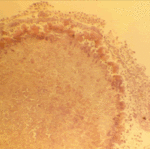
-
Single fungal ball, moving. Radiographic appearance of a fungus ball, showing movement as the patient’s position changes.
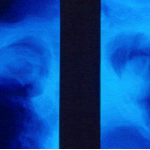
-
Oxalate crystals in the cavity wall surrounding an Aspergillus niger fungus ball (H&E, dark field, x 25).

-
Aspergilloma patient. Gross pathology appearance of a fungus ball.
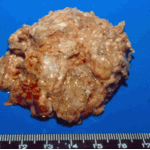
-
Conidiophores of Aspergillus fumigatus in the mass of the fungal ball surrounded by mycelia (H&E, x 400).
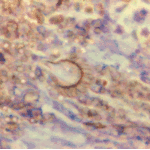
-
Aspergillus niger fungal ball. Calcium oxalate crystals in Aspergillus niger fungal ball. Also shown are darkly pigmented, rough-walled conidia associated with Aspergillus niger infection.
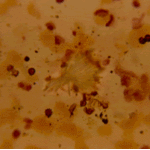
-
Aspergillus niger fungus ball within an old tuberculous cavern. This patient had diabetes, a disease commonly associated with A. niger infection.
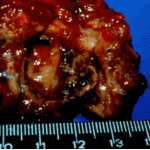


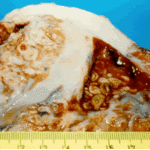
 ,
, 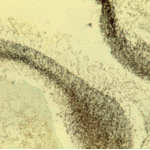
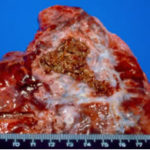 ,
, 